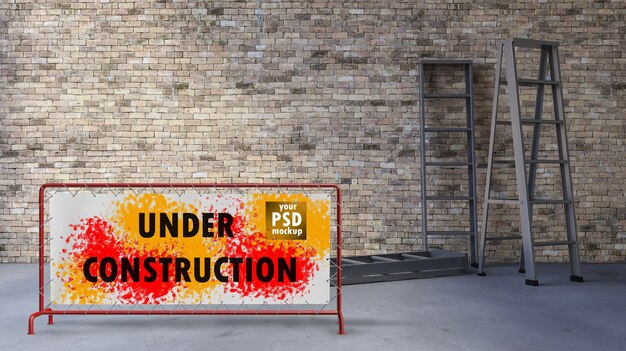The process of signage removal is an intricate necessity often linked with the need for changes, replacements, or updates in signage. It encompasses a spectrum, ranging from replacing existing signs with new ones to simply discarding outdated ones. The variables involved in this process, contingent upon sign size and location, infuse complexity into the task. This discourse aims to explore the considerations necessary for orchestrating a successful signage removal project while emphasizing best practices within this domain.
Rationale for Signage Removal
The signage removal constitutes the withdrawal of signs from public or private domains, spanning from billboards to petite advertising placards. The motivations for their elimination are multifaceted, influenced by distinct situations. Legal obligations, irrelevance of information, or visual aesthetics often prompt the need for removal. Notable reasons encompass:
- Legal Frameworks: Regulatory stipulations relating to specific sign types or locations dictate their tenure. Legal parameters enforce the removal of signs after predetermined periods. For instance, billboards proximate to highways or within residential precincts are subject to specific timeframes, regulated by local laws.
- Outdated Information: Signs bearing obsolete information necessitate prompt removal to avoid misleading the audience. An advertisement referencing a past event could misguide individuals intending to attend, thereby warranting timely elimination.
Signage Removal Process
The removal of signage unfolds as a meticulous process involving dismantling signs from buildings or outdoor spaces. Despite their role in disseminating crucial information or advertisements, dismantling signs demands a sequence of steps to ensure safe and efficient removal.
The primary step involves assessing the sign’s condition. Signs are susceptible to damage caused by weather, vandalism, or natural wear over time. Severely damaged or obsolete signs necessitate complete detachment from their mounting locations. In instances where signs resist conventional removal methods, saws or heavy-duty tools might be requisite, underscoring the need for caution and protective measures to avert injuries.
Subsequently, determining the optimal disposal method for the removed signs is crucial. The disposal technique aligns with the sign’s material whether metal or plastic mandating compliance with local regulations pertaining to recycling and hazardous material disposal.
Cost Dynamics of Signage Removal
The removal of signage, seemingly straightforward, conceals an intricate process underpinning costs contingent upon the sign’s type and intricacy. The fundamental cost elements encompass labor expenses, permit fees, disposal charges, and potential environmental remediation costs.
Labor costs constitute the primary expense, comprising hourly rates and essential materials like scaffolding or ladders. Project scale determines the requisite workforce and duration, defining overall labor expenses.
Moreover, additional charges, encompassing permit fees, equipment rentals, and local taxes, contribute to the overall cost. Environmental considerations, particularly if hazardous materials are present in signs, necessitate professional decontamination services, incurring further expenses.
Factors Influencing Cost Variations
Several factors influence the variability in signage removal costs. The type of signage, its material composition, size, location, and weather conditions during removal profoundly influence the overall cost dynamics. Understanding the implications of these factors is pivotal for budgeting and cost-effective management of signage removal endeavors.
Signage Type is a pivotal factor impacting removal expenses. Variations in materials like metal or plastic demand distinct removal methods, influencing labor and equipment requirements.
Size and Location of the sign further determine costs. Larger signs necessitate additional labor, equipment, and space in transportation, escalating expenses.
Considerations for Choosing a Professional Service Provider
Navigating the selection of a proficient service provider for signage removal entails careful consideration. Essential factors include:

- Experience: The selection of a service provider with extensive removal expertise is paramount. Long-standing companies with a track record of successful projects are likely equipped to remove signs without causing damage to the property.
- Range of Services Offered: Assess the scope of services provided by potential removal companies. Compatibility with the type of signage requiring removal is essential, ensuring their capability to handle diverse sign types.
- Cost Assessment: Obtaining estimates from various service providers helps in evaluating the balance between cost and quality. While price plays a pivotal role, quality and efficiency should weigh equally in the decision-making process.
The elimination of signage holds significance in fostering a safe and visually appealing environment. Eliminating potential hazards and maintaining aesthetics is a priority in this process. Professional service providers or individuals equipped with the requisite knowledge and tools can execute this task efficiently. The ultimate aim of signage removal is to ensure safety and quality in every space visited by individuals.



